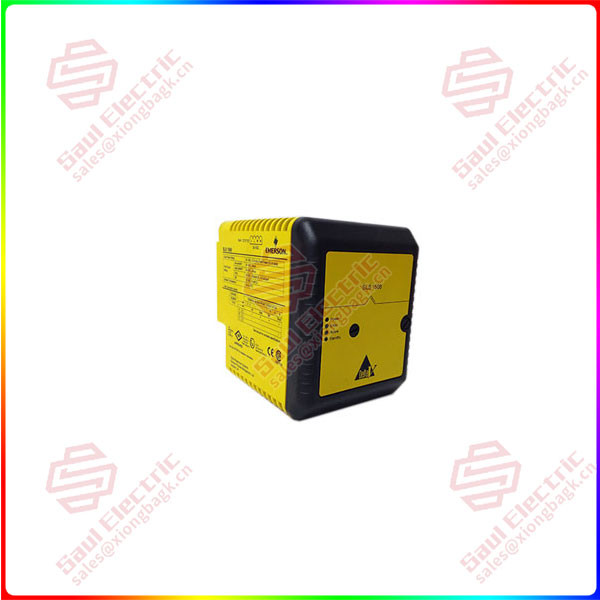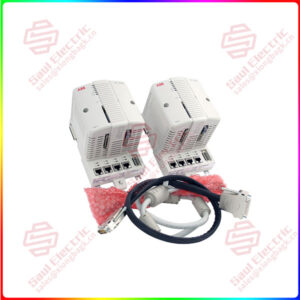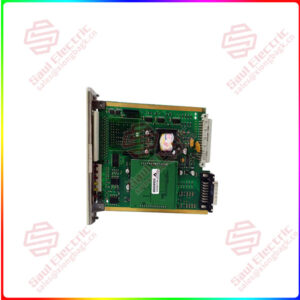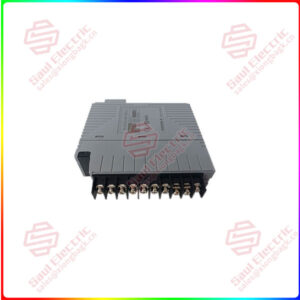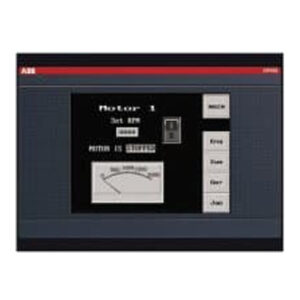Description
Overview
Essential details:SLS1508 World’s first smart SIS Logic Solver
Flexible deployment. Traditionally, process safety systemshave been deployed either separate from the control system orinterfaced to control systems via engineered interfaces basedon open protocols (e.g. Modbus). However, most end usersrequire a higher integration for configuration, maintenance,and operations environment. DeltaV SlS can be deployedeither as interfaced to any DCS or integrated with DeltaV DCs.Integration is accomplished without scarifying functionalseparation as safety functions are implemented in separatehardware, software, and networks while being seamlesslyintegrated at the workstations.
Easy Compliance with lEc 61511.lEC61511 demandsrigorous user management and the DeltaV SlS process safetysystem provides it.lEC 61511 requires that any changesmade from an HMl (e.g. to a trip limit) be extensively vettedto ensure that the right data is written to the right Logic Solver.The DeltaV SlS process safety system automatically providesthis data verification.
lf you need to inquire or purchase ,please send the product models to my email or call medirectly .
sunny He
[Email] sales@xiongbagk.cn
[Mobile] 86-18059884797
[WhatsApp] 86-18059884797
[Skype] sales@saulcontrol.com
SLS1508 World’s first smart SIS Logic Solver
Local Peer Bus (SISNet): SLS 1508 Logic Solvers communicate with other SLS 1508 Logic Solvers and with local SISNet Repeaters through the carriers over a 2 channel local peer bus.
The same message is broadcasted over both channels. The local peer bus must be terminated at both ends. The local peer bus is terminated at the left end through the 2-wide power/controller carrier and at the right end through a terminated 1-wide carrier.
The SISNet Repeaters can be located anywhere on a local peer bus – between the DeltaV Controller(s) and the terminated 1-wide carrier.
Remote Peer Ring: SISNet Repeaters hosted by one DeltaV controller communicate with SISNet Repeaters hosted by a different DeltaV controller over a fiber-optic remote peer ring.
A local SISNet Repeater collects locally generated messages that have been designated as global variables into a single message and sends it to the next SISNet Repeater in the ring.
Upon receipt of a message, the receiving SISNet Repeater broadcasts it on its local peer bus (SISNet) and forwards the message to the next SISNet Repeater in the ring. A global message is forwarded around the ring once. The primary SISNet Repeaters form one fiber-optic ring and the secondary form a separate, independent ring.


 1 Year Warranty
1 Year Warranty
